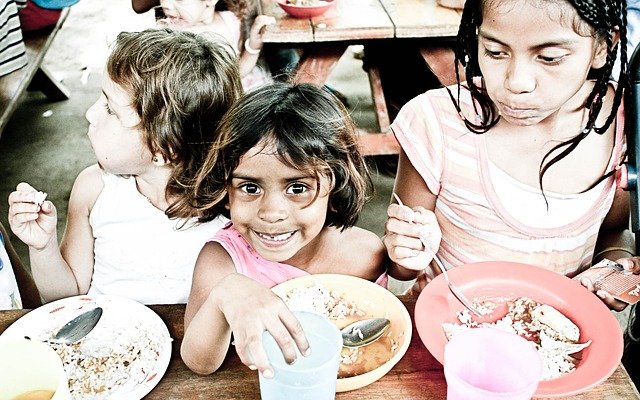The road to Zero Hunger
Related Articles
Mind and Body: Better Together
In our busy, always-on lives, we often treat the mind and body like two separate worlds. We focus on physical fitness on some days...
India Unveils First AI Clinic in Public Government Hospital
India has launched its first artificial intelligence clinic within a public hospital, marking a pivotal moment in the nation's digital health transformation. Located at...
लहसुन- स्वाद से सेहत तक, हज़ारों सालों का सफ़र और आज की विज्ञान की कसौटी
दुनिया के लगभग हर किचन में मौजूद लहसुन केवल स्वाद बढ़ाने वाला मसाला नहीं, बल्कि हज़ारों सालों से औषधि, आस्था और संस्कृति का हिस्सा...



 Dinesh Charak is Director Legal, Kellogg South Asia. Mr Charak has completed his Bachelor’s in Law from National Law School of India University. He is married and has a daughter.
Dinesh Charak is Director Legal, Kellogg South Asia. Mr Charak has completed his Bachelor’s in Law from National Law School of India University. He is married and has a daughter.